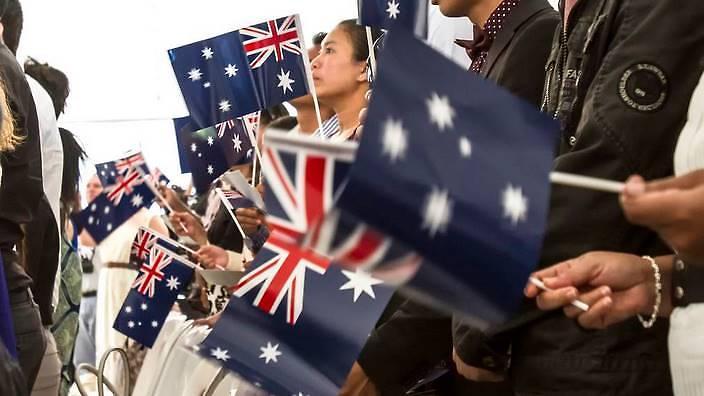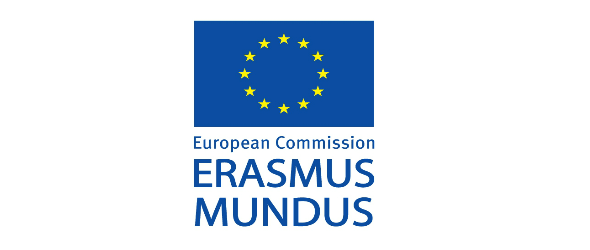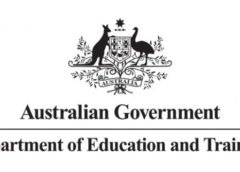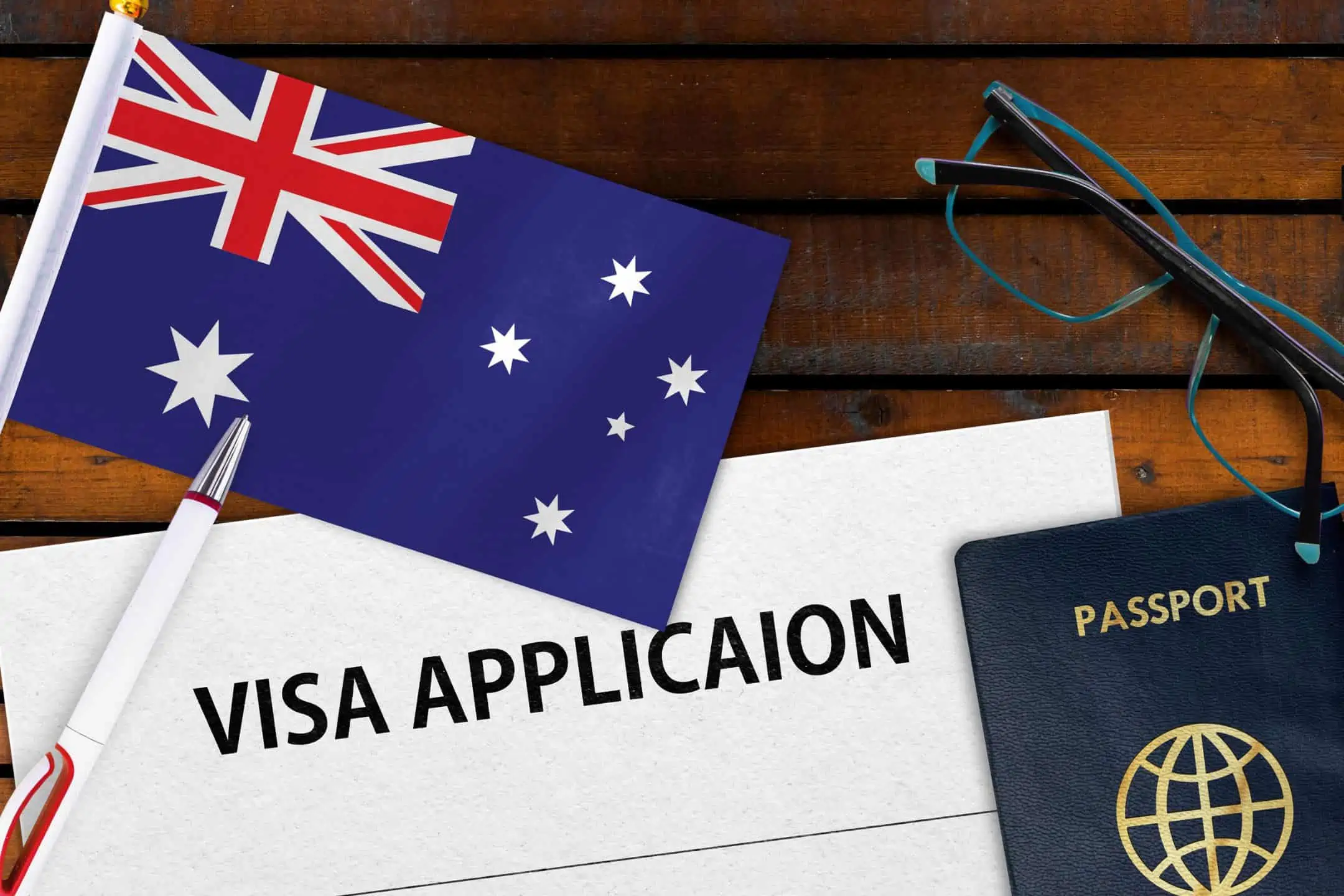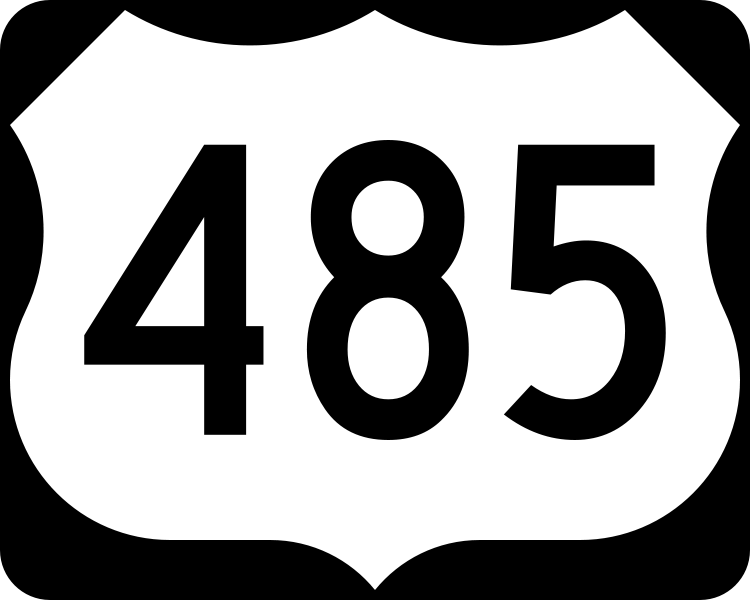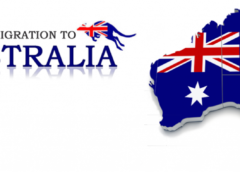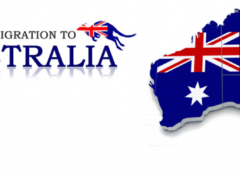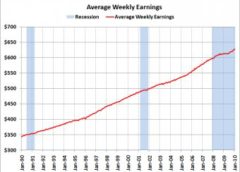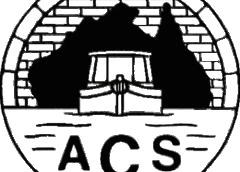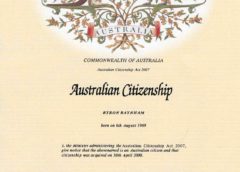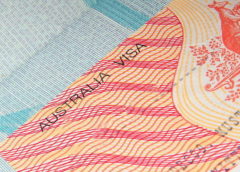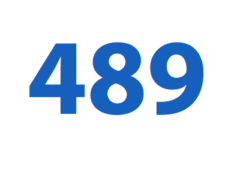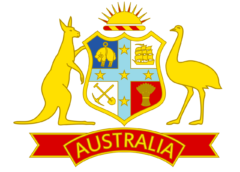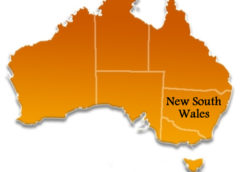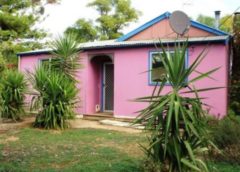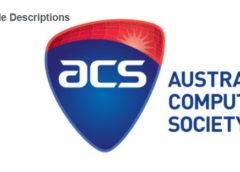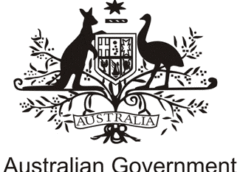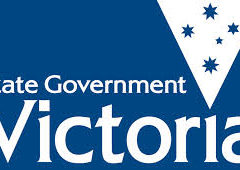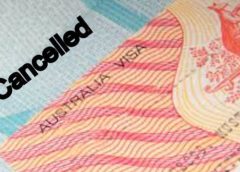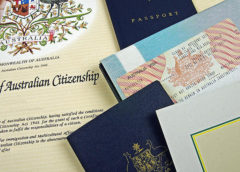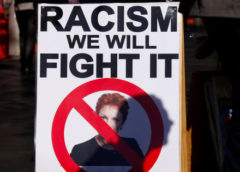The Skilled Occupations List (SOL) is used to qualify potential migrants for various skilled migration visas. The purpose of the SOL is to ensure the supply-driven component of Australia’s skilled migration programme is well targeted to highly-skilled migrants. Advice on the composition of the SOL is provided to the Minister for Immigration and Border Protection around March each year.
The suitability of occupations for inclusion on the SOL is assessed in a two-step process. The first step involves identifying occupations that are most susceptible to supply constraints (e.g. due to the time taken to develop necessary skills) and/or most likely to warrant government intervention to address supply constraints (e.g. due to the cost of a skills shortage). The second step involves assessing the medium to long term skill needs of the economy for each occupation, identified in Step 1, to determine if it would benefit from skilled migration.
Step 1: Shortlisting specialised occupations
The following criteria are used to shortlist occupations for further assessment:
- Long lead time – where skills for the occupation are highly specialised and require extended education and training over several years. This is measured by a benchmark number of years required for completion:
- apprentice and trainee training requires three years or more (elapsed time, full-time equivalent);
- vocational education and training requires 1,000 hours or more; and
- university education requires four or more years (full-time equivalent).
- High use – Skills are deployed for uses intended (i.e. there is a good occupational ‘fit’ between qualification and occupation). This is defined as an above-average match between the intended and destination occupations of VET and university graduates; and where the majority of people employed in the occupation to have the requisite qualifications (i.e. 70 per cent or more of university graduates working in the occupation have studied in the same/related field of education; or 60 per cent or more of employed persons have the requisite level of qualification for their occupation).
- High risk – where disruption caused by skills being in short supply imposes a significant risk to the Australian economy and/or community. This criteria looks at: whether the occupation has licensing and registration requirements; if the absence of a particular occupation means that a business cannot operate legally; or if the occupation is of particular importance in meeting government policy priorities.
- High information – Where the quality of information for the occupation is adequate to evaluate the first three criteria and provides an indication of future demand.
An occupation is shortlisted for further consideration if it meets two of the first three criteria, plus the fourth criteria.
Step 2: Assessing medium to long-term skill needs
For each shortlisted occupation, analysis of labour market, education, immigration and economic data is undertaken to assess if the occupation would benefit from skilled migration. This includes labour force data; recruitment experiences of both employers and workers; outcomes for new entrants (graduates and migrants); and student commencements and completions. In addition, a public consultation process is undertaken to seek the views of stakeholders. Meetings with stakeholders are also undertaken where necessary (e.g. where a change to the list may be recommended).
It should be noted that the set of indicators for each occupation are considered together rather than separately. Indicators for occupations tend to be mixed and the advice provided is never based on a single indicator alone. Generally, a shortlisted occupation would not be included on the SOL if:
- the occupation is likely to be in surplus in the medium to long-term (based on the size and age of the current workforce, expected employment growth, and trends in student enrolments and completions); or
- there are other more appropriate and/or specific visa options.




